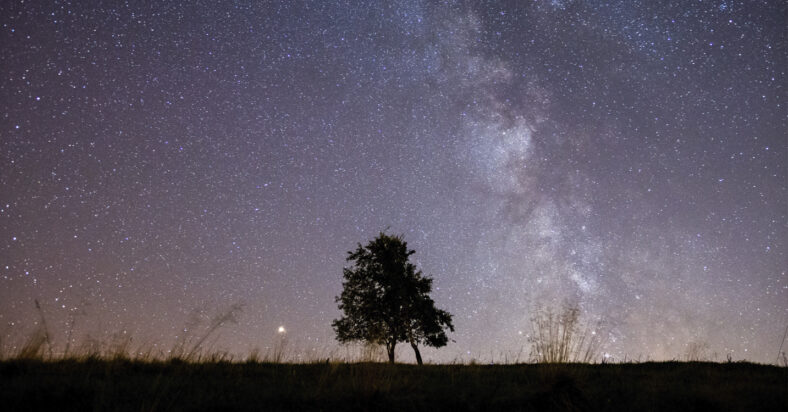The James Webb Space Telescope Found An Ancient Disk Of Gas And Dust That Should’ve Disappeared Long Ago

When astronomers pointed the James Webb Space Telescope (JWST) at a young red star in the constellation Columba, they noticed something they didn’t expect to find. They saw an ancient disk of gas and dust surrounding the star that should’ve disappeared long ago.
For a long time, it was believed that these planet-forming disks lived short lives in the grand scheme of space, vanishing after just a few million years.
So, to find one more than 30 million years after they typically disappear, challenges previous beliefs about how long planets have to form.
The astronomers discovered the 34-million-year-old disk of gas and dust around a small red star named WISE J044634.16-262756.1B (J0446B). Usually, these disks disappear within 10 million years.
“In a sense, protoplanetary disks provide us with baby pictures of planetary systems, including a glimpse of what our solar system may have looked like in its infancy,” said Feng Long, the lead author of the study from the University of Arizona’s Lunar and Planetary Laboratory.
The Webb telescope revealed that the ancient disk was extremely carbon-rich, containing 14 different molecular species like methane, acetylene, benzene, and ethane.
These chemicals resemble what is seen in younger disks, indicating that planet-building activities occur for much longer than previously believed.
Since a disk’s materials provide materials for planets, its lifespan determines how much time the system has to form planets.
The ancient disk might be rich in carbon, but it is missing water. The carbon-to-oxygen ratio is double the amount observed in our solar system, suggesting that the disk has undergone an evolutionary process where carbon-bearing gases have built up while oxygen-rich compounds like water have diminished.

Sign up for Chip Chick’s newsletter and get stories like this delivered to your inbox.
The small red dwarf star that J0446B orbits has only about 18 percent of our sun’s mass. It is located 82 light-years away from Earth. It belongs to a group of stars that formed around 34 million years ago.
Despite its old age, the disk still shows evidence of feeding material onto the star. Such a process is typically only seen in significantly younger systems.
The researchers ran a series of computer simulations to figure out how this disk has persisted for so long. They found that the material in the disk moves at a slow rate, allowing the disk to evolve gradually.
The new discovery could reshape scientific understanding about where planets form. Our own solar system formed around a larger star with a shorter disk lifetime, but systems like J0446B might actually be the norm rather than the exception.
There are a lot more small red dwarf stars than sun-like stars, so the extended timeline of J0446B’s disk potentially represents the most common way of creating new worlds.
The details of the full study were published in The Astrophysical Journal Letters.
More About:News





